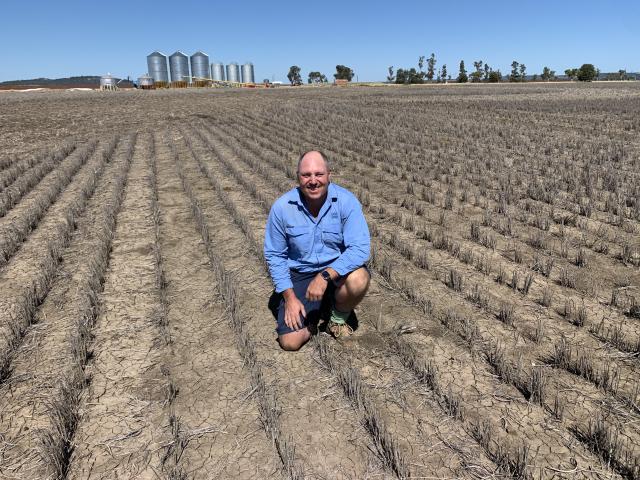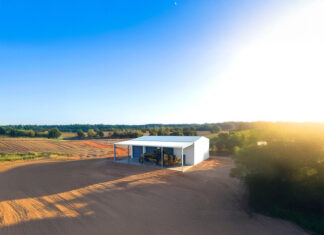
High wheat prices and full moisture profiles are fuelling positivity through southern Queensland as grain growers prepare to sow their winter crops.
But, as input costs continue to increase, so do croppers’ risks and all are crossing their fingers for smooth sailing this season.
“The promise is there with high prices and a full moisture profile, but production costs are up 30 per cent this year so risk is high too,” said MCA Ag agronomist/ director Ed Offner, Chinchilla.
“Farmers will be more exposed (this year) to production shocks such as late hailstorms.
“The risk of production shock is higher so that’s in the back of everyone’s mind.”
Mr Offner said in 2022 60pc of farmers on the Western Downs would chase the “significant premium” being paid for high-protein, prime hard wheat.
He said while “I’m not an analyst”, higher wheat prices were, in part, due to the Russian invasion of Ukraine, where up to 30pc of global supply was typically drawn.
“So, that’s likely to affect the price.”
Mr Offner said the trend towards wheat would mean high demand for nitrogen, whose price had more than doubled over the past year.
“Nitrogen levels in the Western Downs are particularly low this year due to the very wet summer and after two big production years,” Mr Offner said.
“Higher diesel prices are also driving costs up.”
Mr Offner said just 20pc of Western Downs farmers would this year grow chickpeas, whose popularity had waned due to marketing and distribution challenges such as a shipping container shortage.
Meanwhile, AgForce grains president Brendan Taylor said while crops such as chickpeas did not require the up-front application of nitrogen, international demand for the legume was low.
“So, there is no point growing a crop no one wants,” Mr Taylor said.
“Despite last year’s bumper crop, there is still significant demand for wheat and barley through the feeder section. So, it’s certainly not a straightforward decision for growers.”
Mr Taylor said while the cost of nutrition products remained high, soil preparation was “incredibly important”.
“Hopefully over the next six to 12 months, input costs will ease.”
Mr Taylor said COVID-19 was still impacting prices, complicated by factors such as high energy costs, labour problems and international freight fees.






